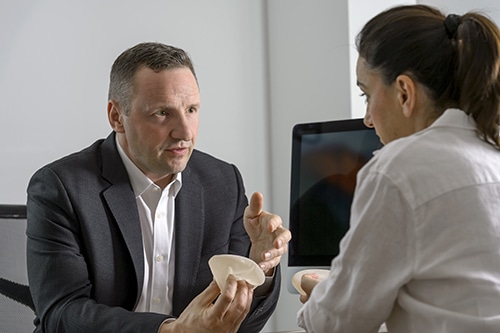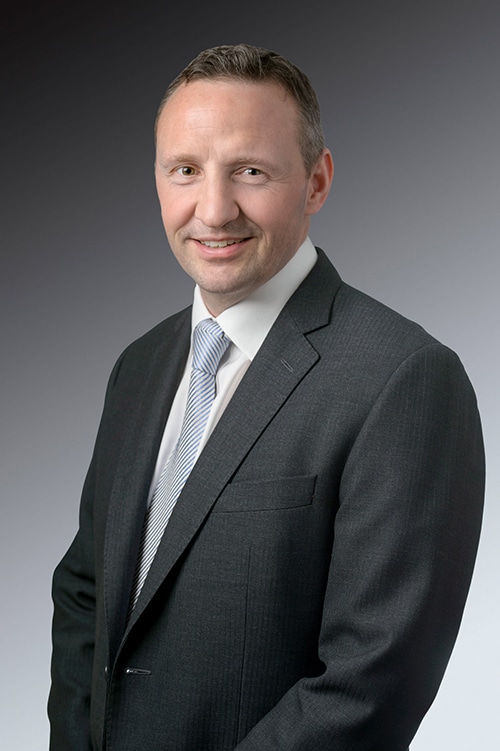Options for Treating Head and Neck Cancer
- Do you have an unusual lump in the neck?
- Have you been diagnosed with head or neck cancer?
- Looking for head or neck cancer treatment options?
A lump in the neck, a sore in the mouth or throat that does not heal and may be severe, a sore throat that does not go away, difficulty swallowing, and a change or hoarseness in the voice are all possible symptoms of head and neck cancer. Please note that other, less serious illnesses may also be to the cause for these symptoms.
According to the stats published by the Australian Government, head and neck cancer is 1 of the 10 most common cancers diagnosed in the Australian population. In 2021, the total number of confirmed head and neck cancer cases was 5,104 in Australia. The total estimated number of deaths in 2021 due to this type of cancer is 1201. The prevalence and death rate of this cancer is higher in men than in women in Australia.
Specialist Plastic Surgeon Dr Michael Kernohan performs head and neck cancer surgery in Sydney, Australia. He uses different surgical techniques and reconstructive methods to remove tumours and help patients.
What Is Head and Neck Cancer?
Cancer is a condition characterised by the rapid and uncontrolled growth and spread of certain body cells. These cancers of the head and neck can start in different parts of the head and throat. Brain cancers and cancers of the eye are not a part of this group.
The areas that can be affected by this type of cancer are:
- Mouth: the lips, the gums, the area between lips and cheeks, the tongue, the area under the tongue, and the hard region of the roof of the oral cavity
- Throat (Pharynx): the area between the oral cavity and the oesophagus
- Voice box (Larynx)
- Salivary glands: the glands producing saliva. The cancer of salivary glands is very rare
- Nose and paranasal sinuses: inside and behind the nasal cavity and the spaces in the skull bones around the nose
Potential Symptoms of Head and Neck Cancer
Depending on the area affected, head and neck cancer can be associated with specific signs and symptoms. From difficulty in swallowing to visible lumps and even teeth pain, here are the symptoms that could indicate cancer:
Mouth Cancer
- A sore that doesn’t heal on the gums, tongue, or inside of the mouth.
- It can be white or red
- The jaw swells up
- Pain or bleeding in the mouth that is abnormal
- A lump or a growth
- Issues with false teeth
Pharynx Cancer (at the back of the mouth)
- It’s hard to breathe or talk
- A lump or a growth
- It’s hard to chew or swallow food
- It feels like something is stuck in your throat
- Throat pain that won’t go away
- Pain, ringing in the ears, or trouble hearing
Voice Box Cancer
- It hurts to swallow
- Earache
Sinus or Nose Cancer
- Sinuses that are clogged and won’t clear up
- Sinus infections that don’t get better when antibiotics are used
- Blood coming out of the nose
- Headaches
- Pain and swelling might occur around the eyes
- The upper teeth hurt
- Issues with false teeth
Treatment for Head and Neck Cancer
Head and neck cancer can be treated if it is diagnosed early. Eliminating the cancerous cells is essential, but, at the same time, the surgeon needs to focus on the functionality of the area affected by cancer too. This is only achievable when the optimal treatment plan is implemented. This plan should take into consideration the type and location of cancer and the specific characteristics of the patient (age, health condition, etc.)
Common treatment options for this type of cancer are surgery, radiation therapy, immune therapy, chemotherapy, and targeted therapy. Different patients might require different treatment options. In some cases, one type of treatment can be efficient, while in other cases the doctor might decide to implement several treatments to get the results desired.
Surgery to Remove Head and Neck Cancer
The aim of the procedure is to eliminate the tumour, as well as some of the healthy surrounding tissue. In some cases, even the nearby lymph nodes are removed.
The surgical excision of the tumour entails local or general anaesthesia, depending on the health condition of the patient, the complexity of the intervention and the location of the tumour.
Lymph node dissection might be necessary if the surgeon is concerned that cancer cells may have already travelled to the lymph nodes.
Laser surgery can be used in case of early-stage voice box tumours.
Reconstructive and plastic surgery might be necessary to maintain the normal shape and functionality of areas and organs affected by cancer.






